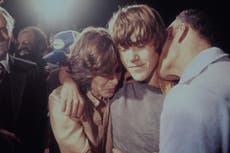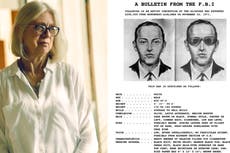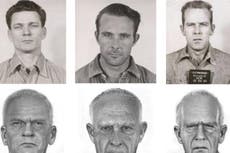She was abducted and attacked by a serial killer. This is how she helped catch him
When Lisa McVey Noland was 17, she was abducted and raped by a man who turned out to be a serial killer in the Tampa area. She tells Clémence Michallon about her survival and how she helped the investigation that led to his arrest

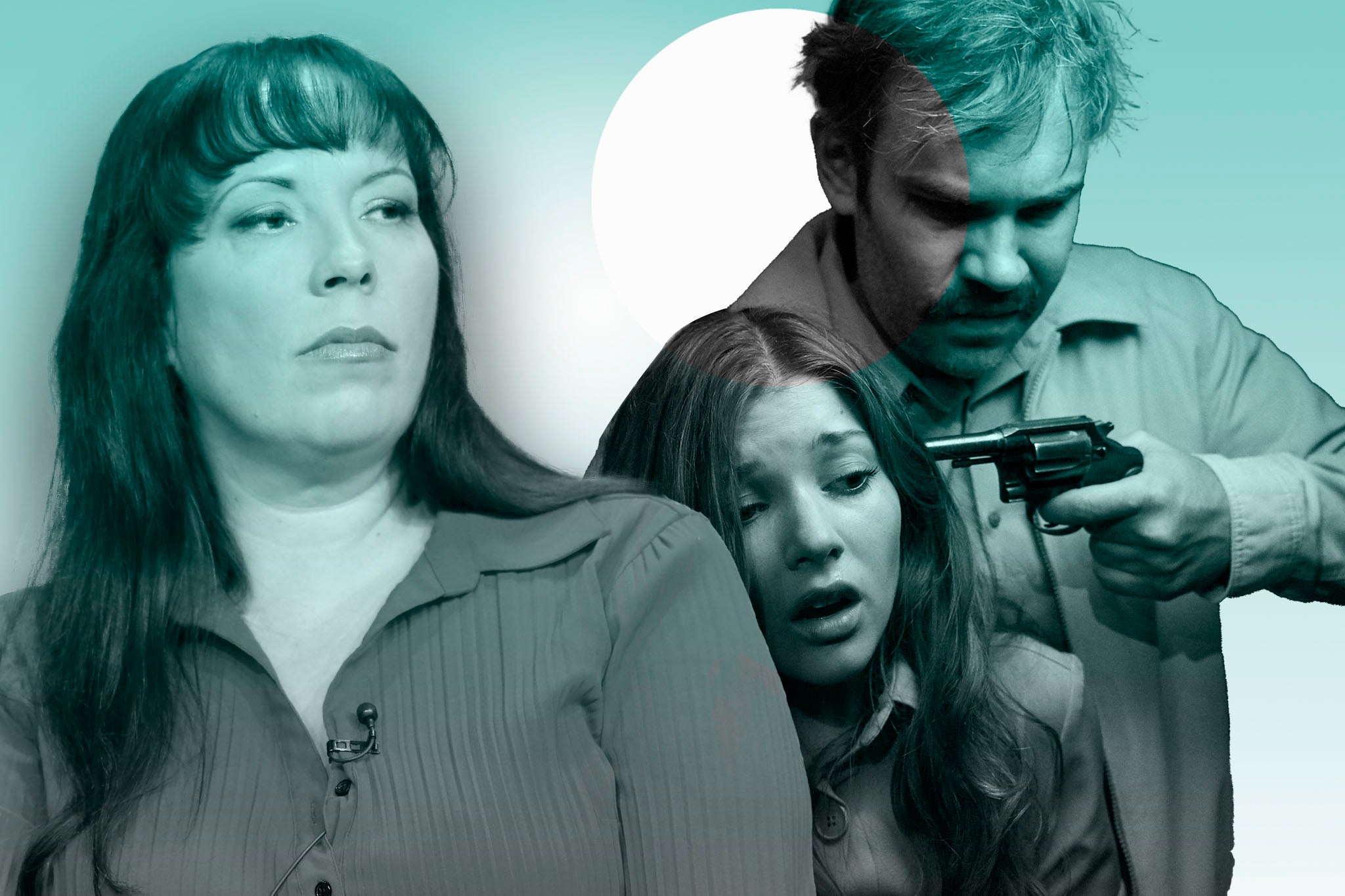
One night in November 1984, 17-year-old Lisa McVey Noland was riding her bike home from her job at a donut shop in Tampa, Florida. It was around two in the morning. She had been asked to work a double shift. The donut shop was a haven for Noland, a respite from a childhood she describes as marked by abuse, poverty, and periods of homelessness. Her boss, Gary, was protective of her. “I think he knew what was going on at home,” Noland recounts 39 years later in a phone interview with The Independent. “I could do no wrong at the donut shop. He was like a father figure to me.”
On her ride home, Noland took the same route she took every night. It was a “very dark” stretch of road, with tall oak trees growing from each side of the street toward one another, “like a tunnel”. In the darkness, something caught her eye: a van-like vehicle stationed in the middle of a parking lot.
“As soon as I passed that van, I was snatched off my bicycle,” Noland says. “I thought it was three people. It was that quick.”
But it wasn’t three people. A single person abducted Noland that night: a man named Bobby Joe Long, who would turn out to be responsible for a string of murders and rapes in the Tampa Bay area in the 1980s. At the time of her abduction, Noland had heard about the serial killings. But she could not have known that in a matter of days, she would escape from Long, help police identify and locate him, and play a key part in his arrest.
Noland’s experience was adapted into a Lifetime movie, Believe Me: The Abduction of Lisa McVey, in 2018. It joined Hulu’s catalog in August of this year, where it has piqued the interest of viewers, bringing renewed prominence to Noland’s story.
On the phone, Noland is open and self-assured, with a strong sense of boundaries. She knows which parts of her story she is ready to share, and which ones she won’t. Her recounting is direct and factual. Warning: This story includes discussions of suicide, rape, and murder.
Before Long abducted her, Noland, who says she was sexually abused from a young age, had resolved to end her own life. But she says that all changed the moment Long held her at gunpoint while abducting her: “The minute he put the gun on my head, I screamed, ‘God, whatever you do, don’t kill me.’ It’s like something reversed. Something clicked, like, ‘Whatever he does to me, I’m okay, but now I’m going to fight for my life.’”
Long forced Noland into his vehicle, where he told her to undress, tied her ankles and wrists, and blindfolded her. Noland tried to gather as much information as she could about her abductor: whenever he took her blindfold off and put it back on, she tightened her jaw while he was tying it, so that the blindfold would be slightly loose once she relaxed her muscles.
Inside the vehicle, Long forced Noland to perform oral sex on him. He then started the car. As Long drove away, Noland tried to keep track of which direction he was headed in. She felt the velocity of the car changing as they reached the interstate. She caught flashes of light through her blindfold. And underneath the blindfold, she managed to make out a word on the vehicle’s dashboard: “Magnum.”
“I don’t know if it’s the make or model of the car. I don’t know anything about cars,” she says on the phone. “But from that point on, I said whatever I see, smell, or touch, I’ve got to remember it. I’ve got to keep it in my memory bank, so that if I get out of this, I can go to the cops and give them everything I’ve got in terms of evidence.”
Her instincts would prove right: “Only a 1978 Dodge Magnum has the word ‘Magnum’ on the dash,” reads an FBI bulletin about the case published in 1987. When investigators looked up registrations for Dodge Magnums in the county, they found Long was registered as the owner of one such vehicle.
Upon arriving at his destination, Long told Noland to put her clothes back on. It was clear to her by that point that her abductor was planning on raping and killing her. She was determined to leave evidence of her presence in Long’s vehicle. Noland was on her period when Long abducted her; she removed her tampon and threw it in his car.
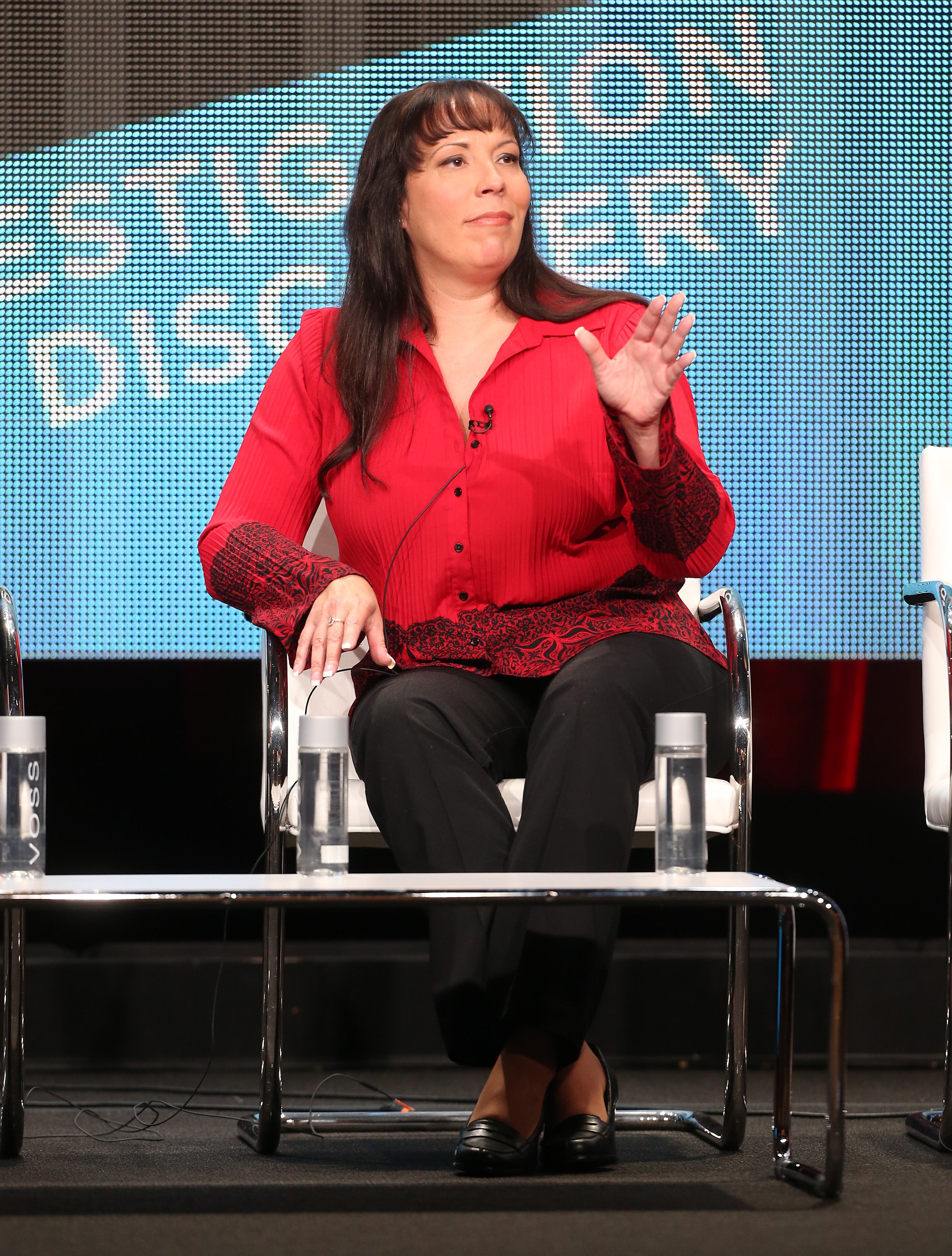
Long took her inside a building, up a flight of stairs. She counted them in case she got a chance to escape and had to run down; there were 19. What followed was hours of torture during which Long raped Noland multiple times and beat her. When he found out she was menstruating, he became “enraged”, she says on the phone.
Throughout the night, Long made a point not to let Noland see his face; when she wasn’t blindfolded, she was to either turn away from him or close her eyes. Still, Noland was able to gather a few details about her abductor. At one point, she saw that he was white. When she convinced him to let her go to the bathroom, she touched every surface she could reach to leave fingerprints and spotted a pair of sneakers on the floor—a detail that became relevant during the police’s search for the perpetrator.
The next morning, Noland says she used “reverse psychology” to try to convince Long to let her live. “I was like, ‘Listen, you seem like a nice guy, after everything I’ve been through,’” she says on the phone. “We can be together. I could be your girlfriend. No one has to know how we met.”
Long, she says, told her he couldn’t keep her. She says he asked her where she lived and said he would drop her off, after he went to the bank and to the gas station. While he stopped at the bank, Noland was able to see more of her abductor: he was wearing a white T-shirt. He was “not overweight or stout, but you could tell he worked out.” In one instance, Long made her touch his face. “I saw him through my hands,” she says on the phone. “Pockmarked face, small mustache, kind of a strong jawline, short hair, very clean cut.”
At the gas station, Long told Noland that if she tried to escape, he would kill the gas attendant and Noland herself. After those two stops, he drove her to another location, walked her out of the car and to a tree, and told her to wait five minutes while he drove off. Noland removed her blindfold and went to check his licence plate number, but her abductor was already gone. The ordeal had lasted 26 hours.
Noland returned home. “My clothes were torn,” she says. “I was filthy.” The police was contacted, and Noland was taken to the hospital for an examination, which left her feeling “violated again”. She says she went to the police station four times. “First time, no one believed me. Second time, no one believed me.” Eventually, an officer called Larry Pinkerton spoke to her and told her he believed her.
For 12 days, Noland “worked diligently” with the police. She shared the information she had gathered about her abductor with detectives. According to the FBI bulletin, “the same red fibers” were found on Noland’s clothes “as had been found on the homicide victims”, leading investigators to link Noland’s case to the then-unsolved serial killings in the area.
Noland was “extensively interviewed”, the FBI bulletin states. She told them her abductor had stopped to use an ATM around 3am. Around the same time investigators identified Long as the owner of a Dodge Magnum (matching Noland’s description), they obtained bank records that showed Long had used the ATM near his apartment around 3am. Noland identified her abductor from a selection of photos. Long was placed under surveillance, then arrested. Fibers from his vehicle were matched to fibers found on previous murder victims, according to the FBI. Long confessed to his crimes against Noland and eventually confessed to multiple murders. Ten murders have been attributed to him, as well as multiple rapes. Long received 28 life sentences and the death penalty.
Long was executed in 2019. When Noland first received a phone call informing her that a date had been set for his execution, she cried. First, because of “the sympathy and empathy I have for the victims who didn’t make it”, she tells The Independent. And, second, due to the role she played in Long’s arrest. “My case broke the [Long] case wide open,” she adds. And so, even after everything Long had inflicted on her, when she heard about his upcoming execution, Noland says she found herself thinking about “how much influence” she’d had in his capture and, in turn, his ensuing death.
Noland decided to attend Long’s execution. She sat in the front row, along with Pinkerton and the detectives who had arrested Long. There, too, Noland cried—not, she says, because she found closure. “I had closure a long time ago,” she says on the phone. I forgave him a long time ago for what he did to me. I was crying for the victims and the victims’ parents who wouldn’t be there.”
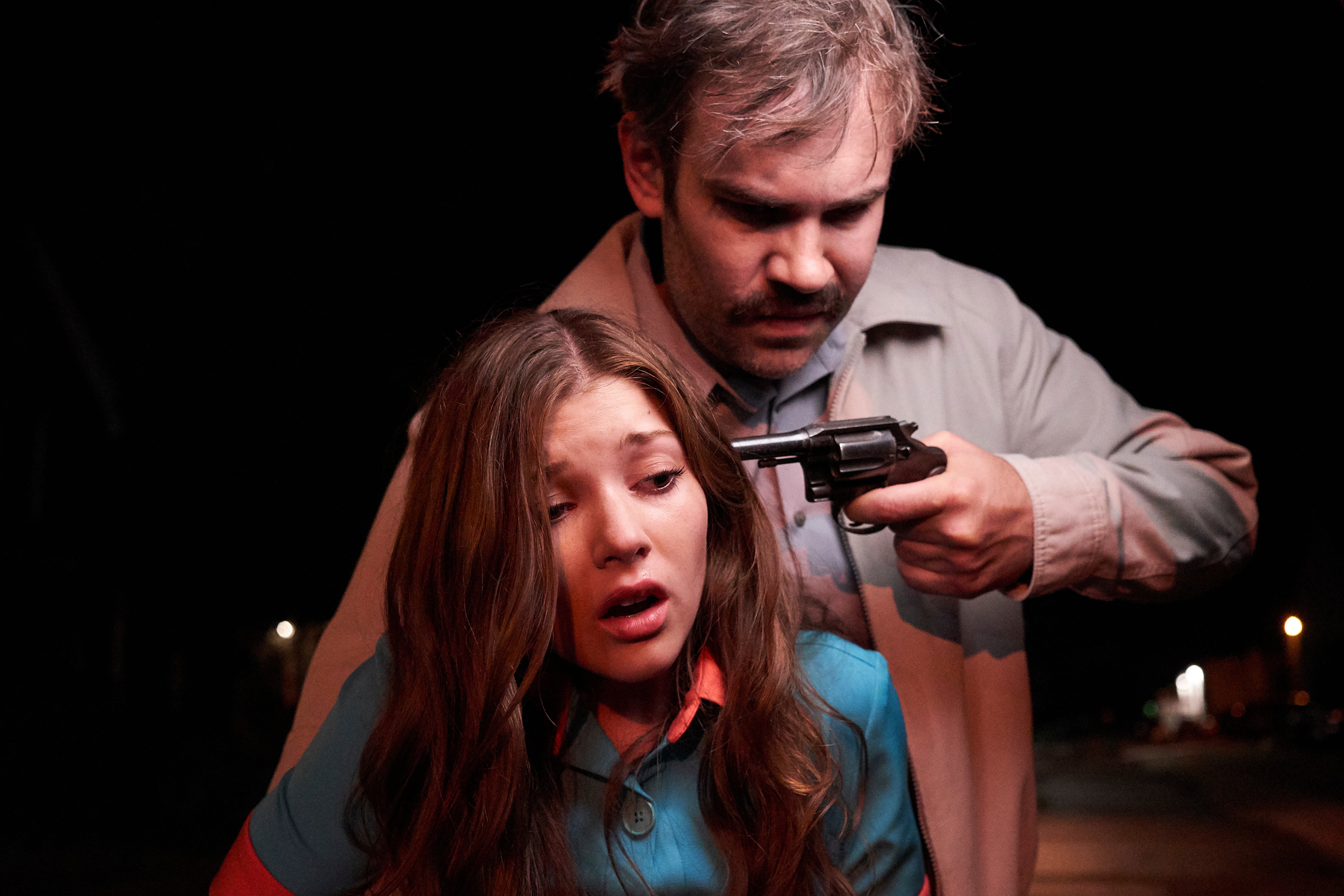
Noland now works as a police officer. She has been a school resource deputy since 2013, working in schools in Hillsborough County. Noland appears in person at the end of the Lifetime movie based on her life, and spent four days on set during production. She met actor Katie Douglas, who portrays Noland in the film, and Rossif Sutherland, who plays Long.
Over the years, Noland has been outspoken about her story, which she has shared in media interviews and as a speaker. In return, she has listened to other people’s stories and found those exchanges healing.
“It’s very empowering for me to be able to speak with other women and say, ‘Hey, this too shall pass. You’re going to be okay. We’re going to get through this together. I’ll hold your hand,’” she says. “When you can sit there and empathize with another person who’s been through something similar, it helps them heal. It helps them grow. It helps them realize it wasn’t because of them. They got hurt. I had just as much right to be out and about riding my bicycle at two in the morning as I did at two in the afternoon.”
Knowing that people are still hearing her story for the first time, through the movie and other media, is a source of comfort and hope. “It’s inspirational,” she says. “It’s powerful. Not just for the audience, but for me to carry on with my life.”
If you are experiencing feelings of distress and isolation, or are struggling to cope, The Samaritans offers support; you can speak to someone for free over the phone, in confidence, on 116 123 (UK and ROI), email jo@samaritans.org, or visit the Samaritans website to find details of your nearest branch.If you are based in the USA, and you or someone you know needs mental health assistance right now, call National Suicide Prevention Helpline on 1-800-273-TALK (8255). The Helpline is a free, confidential crisis hotline that is available to everyone 24 hours a day, seven days a week. If you are in another country, you can go to www.befrienders.org to find a helpline near you.
